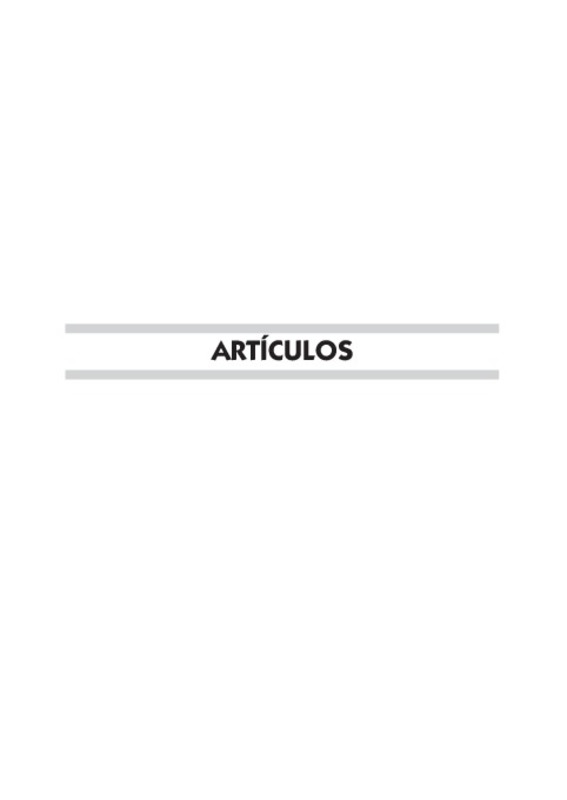JavaScript is disabled for your browser. Some features of this site may not work without it.
Buscar en RiuNet
Listar
Mi cuenta
Estadísticas
Ayuda RiuNet
Admin. UPV
ESTIMACIÓN DE LA VELOCIDAD DEL FLUJO DEL AGUA EN CAUCES EFÍMEROS NO AFORADOS A PARTIR DE DATOS LIDAR Y GPS-RTK
Mostrar el registro sencillo del ítem
Ficheros en el ítem
| dc.contributor.author | Colmenarez López, Gerson Rafael
|
es_ES |
| dc.contributor.author | Segura Betrán, Francesca
|
es_ES |
| dc.contributor.author | Pardo Pascual, Josep Eliseu
|
es_ES |
| dc.contributor.author | Ruiz Fernández, Luis Ángel
|
es_ES |
| dc.contributor.author | Palomar-Vázquez, Jesús
|
es_ES |
| dc.date.accessioned | 2015-12-01T16:12:52Z | |
| dc.date.available | 2015-12-01T16:12:52Z | |
| dc.date.issued | 2013 | |
| dc.identifier.issn | 0212-9426 | |
| dc.identifier.uri | http://hdl.handle.net/10251/58385 | |
| dc.description.abstract | [ES] La fórmula de Manning es una de las más usadas para calcular la velocidad media del flujo del agua en cauces no aforados. Para aplicarla es necesario medir en campo el radio hidráulico (RH), la pendiente de la lámina de agua (S) y obtener el coeficiente de rugosidad (n) generalmente a través de tablas creadas para este fin. Esto implica una ardua, poco eficiente y subjetiva toma de datos en campo. En este estudio se evalúa la posibilidad de obtener dichos parámetros de forma automatizada, lo que disminuye la subjetividad a la vez que ahorra tiempo al permitir trabajar sobre espacios más amplios. Para lograr estos objetivos, en este trabajo se han utilizado: 1) modelos digitales del terreno generados a partir de datos LiDAR, con una densidad de dos puntos por metro cuadrado y que fueron obtenidos cuando el cauce estaba seco; 2) las cotas de la lámina de agua y el perímetro de mojado del cauce medidas en el campo mediante GPS cuando pasaba agua; 3) medidas de caudal cuando se registró circulación. Con esta información se estimó la velocidad (Ve), que se relacionó con la velocidad media del flujo del agua (Vc), calculada a partir de datos medidos en campo. El coeficiente de determinación entre las dos velocidades fue de 73,52%, lo cual sugiere que la metodología propuesta es útil para obtener la velocidad media del flujo, especialmente en zonas de difícil acceso o en cauces secos. | es_ES |
| dc.description.abstract | [EN] The Manning formula is one of the most used to calculate the average velocity of water flow in ungauged channels. In order to be applied, it is necessary to measure in field the hydraulic radius (RH), the slope of the water surface (S), and to obtain the roughness coefficient (n), usually through tables created for this purpose. This involves a difficult, inefficient and subjective data collection in the field. This study evaluates the possibility to obtain these parameters in a more efficient manner, reducing the time of the process and allowing to work in larger areas. To achieve these objectives, the data used in this work were: 1) digital terrain models generated from airborne LiDAR data with a density of 2 points/m2, acquired when the channel was dry; 2) the height of the waterline and channel geometry measurements in the field using GPS; 3) Flow measurements. With this information, the velocity (Ve) was estimated and related to the average velocity of water flow (Vc) calculated from data measured in the field. The coefficient of determination between both velocity values was 73.52%, suggesting that the proposed methodology is useful to obtain the average velocity of flow, especially in remote areas or dry riverbeds. | |
| dc.description.sponsorship | Agradecemos la financiación por parte del Ministerio de Ciencia e Innovación y el FEDER, en el marco de los proyectos, CGL2009-14220-C02-02, CGL2009-14220-C02-01 y CGL2010-19591. | |
| dc.language | Español | es_ES |
| dc.relation.ispartof | Boletín de la Asociación de Geógrafos Españoles | es_ES |
| dc.rights | Reserva de todos los derechos | es_ES |
| dc.subject | Modelo de rugosidad topográfica | es_ES |
| dc.subject | Tecnología LiDAR | es_ES |
| dc.subject | Coeficiente n-Manning | es_ES |
| dc.subject | Modelo digital de elevaciones | es_ES |
| dc.subject | Velocidad media del agua | es_ES |
| dc.subject | Cauces naturales | es_ES |
| dc.subject | Caudal | es_ES |
| dc.subject | GPS-RTK | es_ES |
| dc.subject | Texturas | es_ES |
| dc.subject.classification | INGENIERIA CARTOGRAFICA, GEODESIA Y FOTOGRAMETRIA | es_ES |
| dc.title | ESTIMACIÓN DE LA VELOCIDAD DEL FLUJO DEL AGUA EN CAUCES EFÍMEROS NO AFORADOS A PARTIR DE DATOS LIDAR Y GPS-RTK | es_ES |
| dc.type | Artículo | es_ES |
| dc.relation.projectID | info:eu-repo/grantAgreement/MICINN//CGL2009-14220-C02-02/ES/Cambios ambientales recientes en los sistemas fluviales mediterráneos. Repercusiones morfosedimentarias/ | es_ES |
| dc.relation.projectID | info:eu-repo/grantAgreement/MICINN//CGL2009-14220-C02-01/ | |
| dc.relation.projectID | info:eu-repo/grantAgreement/MICINN//CGL2010-19591/ES/DESARROLLO DE METODOLOGIAS INTEGRADAS PARA LA ACTUALIZACION DE BASES DE DATOS DE OCUPACION DEL SUELO/ | |
| dc.rights.accessRights | Abierto | es_ES |
| dc.contributor.affiliation | Universitat Politècnica de València. Departamento de Ingeniería Cartográfica Geodesia y Fotogrametría - Departament d'Enginyeria Cartogràfica, Geodèsia i Fotogrametria | es_ES |
| dc.description.bibliographicCitation | Colmenarez López, GR.; Segura Betrán, F.; Pardo Pascual, JE.; Ruiz Fernández, LÁ.; Palomar-Vázquez, J. (2013). ESTIMACIÓN DE LA VELOCIDAD DEL FLUJO DEL AGUA EN CAUCES EFÍMEROS NO AFORADOS A PARTIR DE DATOS LIDAR Y GPS-RTK. Boletín de la Asociación de Geógrafos Españoles. (62):7-23. http://hdl.handle.net/10251/58385 | es_ES |
| dc.description.accrualMethod | S | es_ES |
| dc.relation.publisherversion | http://www.age-geografia.es/ojs/index.php/bage | |
| dc.description.upvformatpinicio | 7 | es_ES |
| dc.description.upvformatpfin | 23 | es_ES |
| dc.type.version | info:eu-repo/semantics/publishedVersion | es_ES |
| dc.description.issue | 62 | es_ES |
| dc.relation.senia | 246073 | es_ES |
| dc.contributor.funder | Ministerio de Ciencia e Innovación |






